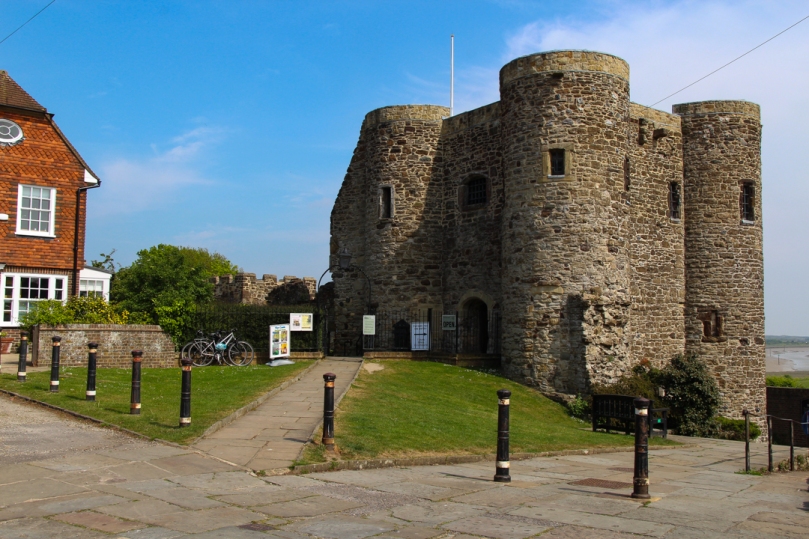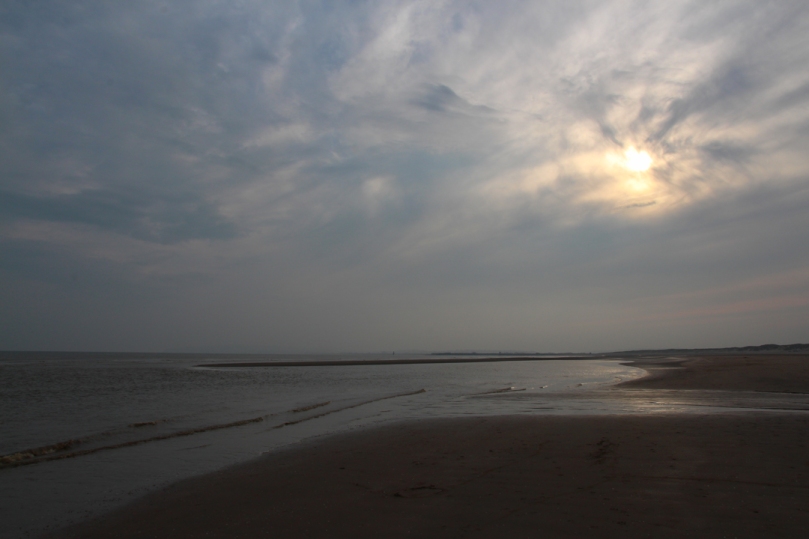Cobbled streets, very old and beautiful houses, smugglers, ghost stories and a lot of history – these are some of the things that we found in the small town called Rye.
Rye is located on the south coast of England, in East Sussex, and was once almost completely surrounded by water. In time, the sea retreated and nowadays the town is located several kilometers inland, separated from the sea by a marsh. This natural phenomenon has had a huge impact on the town’s history. From a thriving fishing and trading port, Rye was suddenly left without its main source of income.
By the 17th Century, in the area of Kent and Sussex, living conditions became harder and unemployment increased. A lot of the residents left for the big city, London, and the ones that remained behind…they eventually got rich, really. Why is that? Smuggling! In those times, when taxes were so high, restrictions were set on trading and people were suddenly unemployed, smuggling offered an alternative to poverty.
This place is so rich in history and we were very lucky to have booked the best walking tour I’ve ever been on. The walking tour is called ‘Rye History Walks’ and the tour guide, Mike, is a former history teacher that used to live in Rye. The tour lasted 2 hours and it was very informative and fun. I feel like we were left with so much after it and I definitely recommend this one if you ever visit this lovely place.
The meeting point was the Mermaid Inn, one of the best-known inns in southeast England. Initially built in the 12th Century, the Mermaid is listed as a Grade II historical inn. It was rebuilt in 1420 but its original cellars, dating from 1156, have survived. The Mermaid is famous for having been one of the meeting points for the notorious band of smugglers known as the Hawkhurst Gang.
There are rumors of secret passages below the inn that lead to the sea and are said to have been used by smugglers to transfer their contraband between their ships and the shore.

Also, I need to mention that Mermaid Street is one of the most beautiful streets I’ve ever walked on and I spent 30 minutes (or 40?) to take a picture of it without anyone in sight. But it was well worth it and I need to thank my boyfriend for being so patient and supportive of his crazy girlfriend.
From the inn we walked the lovely cobbled streets of Rye while being taught a very interesting history lesson by Mike, our guide.

We learnt that due to its location and military importance, Rye was part of the Cinque Ports .
The Cinque Ports date from the time of William the Conqueror and initially referred to the 5 south eastern ports of Hastings, Dover, Sandwich, Romney and Hythe. Later on, in the 13th Century, Rye and Winchelsea were also added to the ‘Head Ports’ forming “The Confederation of the Cinque Ports and the Two Ancient Towns of Rye and Winchelsea”.
The main role of the Cinque Ports was to provide the King with warships and men since England did not have a navy at the time, not until the reign of Henry VIII anyway.
We soon reached St. Mary’s Church, a 900 year old building that dominates the hill where the old town of Rye is located.
Since the start of the Hundred Years War with France, Rye was attacked multiple times. During the French invasion in 1377, the town was set on fire and looted and the French invaders stole the bells of the church. The bells were recovered the next year when Rye (together with Winchelsea) retaliated and attacked Normandy.
During this attack, practically all the buildings burnt down and they had to be rebuilt. That’s the reason why you will see the sign ‘Rebuilt in <insert year>‘ on a lot of places in Rye, including the Mermaid Inn.

Rye had 4 fortified gates built for its defences and also a wall. Unfortunately only the Landgate, dated from around 1340, still stands today.
Close to the church is another important building, Ypres Tower or Castle. You might notice the castle is not as imposing as the church. This is due to the power the church had over this town back then, which was even greater than the King’s.
Next to Ypres Tower is the ’Ypres Castle Inn’ where we had lunch after our lovely historic walk. We had traditional fish and chips there and relaxed in their beautiful garden while enjoying a pint.

After walking around Rye we still had some time left before our train was due to leave and we decided to go to the sea! We took a bus to Camber Sands, the closest beach to Rye, and we enjoyed a beautiful sunset on the coast before heading back to London.






















